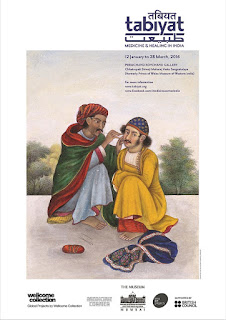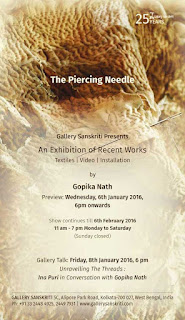A man travels the world over in search of what he needs and returns home to find it.
- George A. Moore
Your home is a reflection of your artistic sensibilities, and can be a joyous expression, a celebratory carnival or a subtle feeling. Right from the architecture, the quality of construction to the colour palette, each feature contributes to the individuality of a home to create a distinctive style. I feel colours are much more than a necessity, and truly encapsulate the personality and vibrancy of the home and the residents. The right colour choices bring out the uniqueness of your home.
You may have noticed that it can often be challenging to decide on a specific colour for the exteriors of your home, and it can also be confusing to select colours, shades and hues which will have a visually pleasant impact when paired together. After all, not all of us have a sense of colour, texture and design, our strengths may lie elsewhere and that is perfectly fine too. One may wonder how a green trim would look on a lavender body…or is that too farfetched!
I found the Asian Paints Book of Exteriors very useful in offering a range of colour palettes – various colour combinations that are ready to be selected and applied in your home. Now, these colour palettes have been specially curated to keep a wide range of sensibilities in mind and can therefore be adopted easily in every Indian home. Thus essentially, irrespective of your architectural design, whether it is traditional, blending the quaintness of old world charm with contemporary comfort or one that is modern, appearing minimal with sleek contours, multiple colour palettes offer ready to select options making our lives simpler and easier.
The various colour combinations on different architectural designs give a sense of what would work, so you can assess, for instance, how a light coloured body can be accentuated with shades of blue and green such as Sapphire ice and Prairie Green, one of my favourite palettes from the book, and it has such an elegant impact! Similarly, you can choose other colour alternatives to voice your expression - exuberant, understated or poised. Incidentally, the names of the paint colours will surely delight you – they are delicious, divine and even passionate, sample this, Exotic Spice, Apricot Illusion, Sultry and so on!
We all know that inspired choices can make all the difference, so making the right colour selection for your home is important to accomplish exactly what your heart desires.
Before I forget, the book also offers insights into a range of products that are specialised to meet all your requirements in terms of aesthetics and functionality saving you time and effort in searching for the right products.
So go ahead and pick up a complimentary copy here and let me know if you find the book useful. What are your favourite colour palettes? Drop me an email or comment here.
Also read,
- George A. Moore
Your home is a reflection of your artistic sensibilities, and can be a joyous expression, a celebratory carnival or a subtle feeling. Right from the architecture, the quality of construction to the colour palette, each feature contributes to the individuality of a home to create a distinctive style. I feel colours are much more than a necessity, and truly encapsulate the personality and vibrancy of the home and the residents. The right colour choices bring out the uniqueness of your home.
You may have noticed that it can often be challenging to decide on a specific colour for the exteriors of your home, and it can also be confusing to select colours, shades and hues which will have a visually pleasant impact when paired together. After all, not all of us have a sense of colour, texture and design, our strengths may lie elsewhere and that is perfectly fine too. One may wonder how a green trim would look on a lavender body…or is that too farfetched!
I found the Asian Paints Book of Exteriors very useful in offering a range of colour palettes – various colour combinations that are ready to be selected and applied in your home. Now, these colour palettes have been specially curated to keep a wide range of sensibilities in mind and can therefore be adopted easily in every Indian home. Thus essentially, irrespective of your architectural design, whether it is traditional, blending the quaintness of old world charm with contemporary comfort or one that is modern, appearing minimal with sleek contours, multiple colour palettes offer ready to select options making our lives simpler and easier.
The various colour combinations on different architectural designs give a sense of what would work, so you can assess, for instance, how a light coloured body can be accentuated with shades of blue and green such as Sapphire ice and Prairie Green, one of my favourite palettes from the book, and it has such an elegant impact! Similarly, you can choose other colour alternatives to voice your expression - exuberant, understated or poised. Incidentally, the names of the paint colours will surely delight you – they are delicious, divine and even passionate, sample this, Exotic Spice, Apricot Illusion, Sultry and so on!
We all know that inspired choices can make all the difference, so making the right colour selection for your home is important to accomplish exactly what your heart desires.
Before I forget, the book also offers insights into a range of products that are specialised to meet all your requirements in terms of aesthetics and functionality saving you time and effort in searching for the right products.
So go ahead and pick up a complimentary copy here and let me know if you find the book useful. What are your favourite colour palettes? Drop me an email or comment here.
Also read,
- Touch of Colour With Art
- Chromatic Frames to Display Art
- Integrate Art With Architecture
- Wood Furniture as Décor Statement
























